As environmental concerns grow, more homeowners and businesses are turning to chemical-free solutions for managing pests. The demand for safer alternatives has led to a surge in innovative, non-toxic pest control methods that protect both human health and the environment. Many of these methods rely on technology, natural deterrents, and biological solutions to keep unwanted critters at bay. From ultrasonic devices to natural predators, here are 13 cutting-edge pest control techniques reshaping the industry in 2025.
1. Beneficial Predatory Insects Are Taking Over
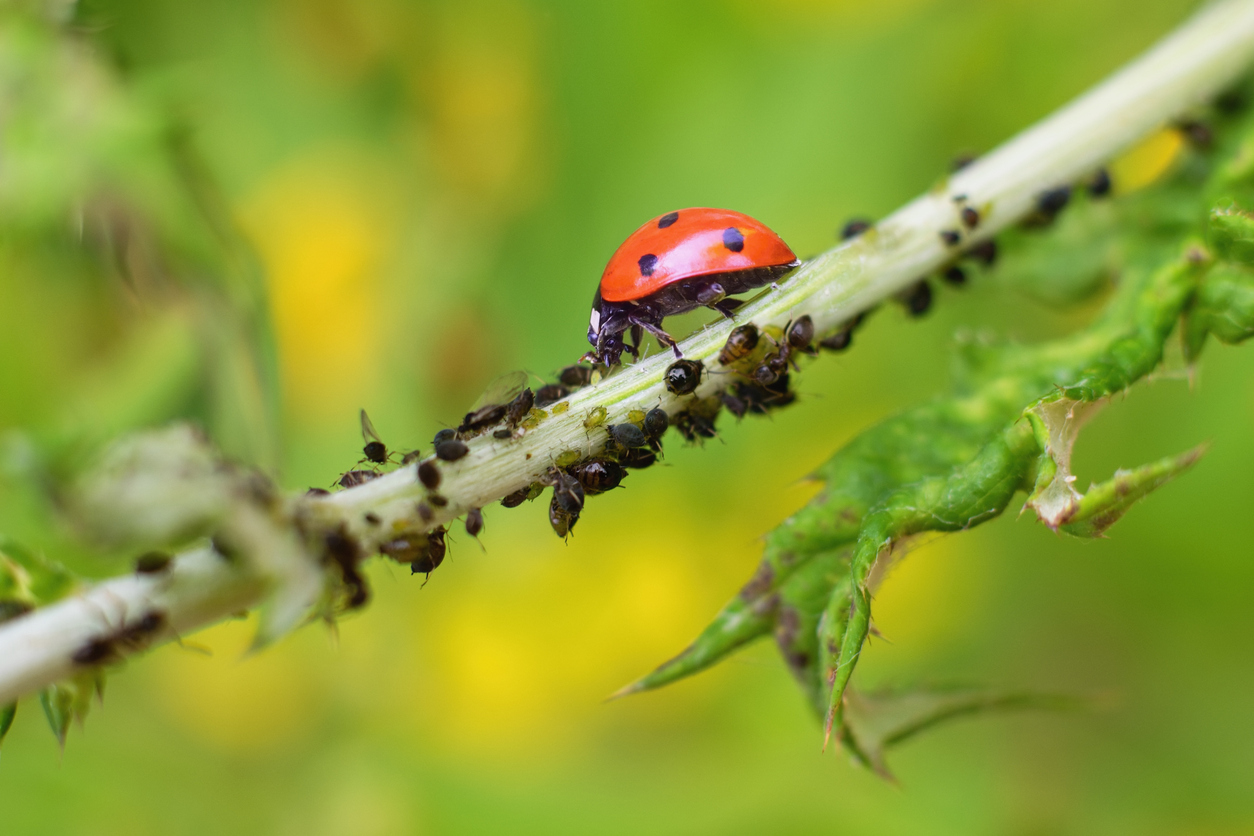
National Geographic highlights the increasing use of beneficial insects as a natural alternative to chemical pesticides. Farmers and gardeners alike are introducing predators like ladybugs, lacewings, and parasitic wasps to control common pests such as aphids, caterpillars, and whiteflies. These beneficial insects help maintain ecological balance while reducing the need for synthetic chemicals that can harm pollinators and other wildlife. As a result, more urban households are adopting this strategy for organic gardening and home pest control.
The introduction of predatory insects into residential spaces is becoming easier thanks to online marketplaces that sell them in bulk. Many homeowners are now releasing ladybugs in their gardens to control plant-damaging pests naturally. This method is not only cost-effective but also long-lasting, as beneficial insects continue to reproduce and keep pest populations in check. With the rise of urban farming and eco-conscious gardening, biological pest control is expected to become even more widespread.
2. Smart Traps Are Revolutionizing Rodent Control
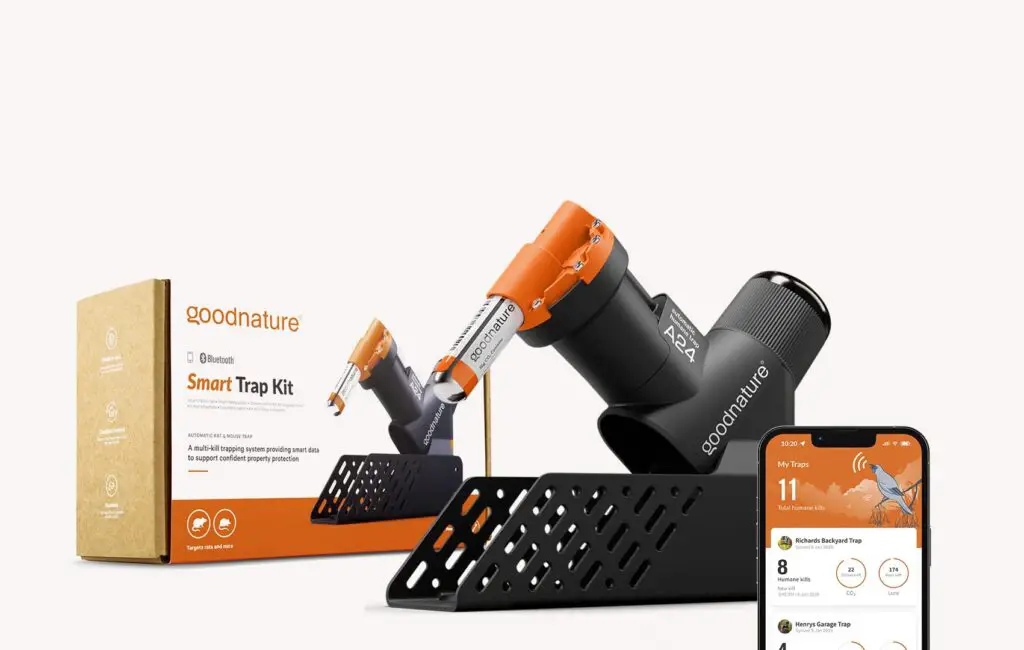
According to Wirecutter, smart traps equipped with AI and sensor technology are changing the way homeowners manage rodent infestations. These traps detect rodent movement, capture them humanely, and send alerts to homeowners via smartphone apps. Some models even feature an automated release mechanism, allowing users to relocate rodents without direct contact. With growing concerns over traditional rodenticides harming pets and wildlife, smart traps provide a safer and more ethical alternative.
Beyond residential use, commercial properties are also adopting smart traps to maintain pest-free environments. Restaurants, warehouses, and grocery stores benefit from real-time monitoring, allowing them to address infestations before they become a serious problem. Some advanced models even integrate with home automation systems, enabling users to track and control traps remotely. As technology continues to evolve, smart traps are expected to become the future of rodent control.
3. Ultrasonic Pest Repellers Are Gaining Traction
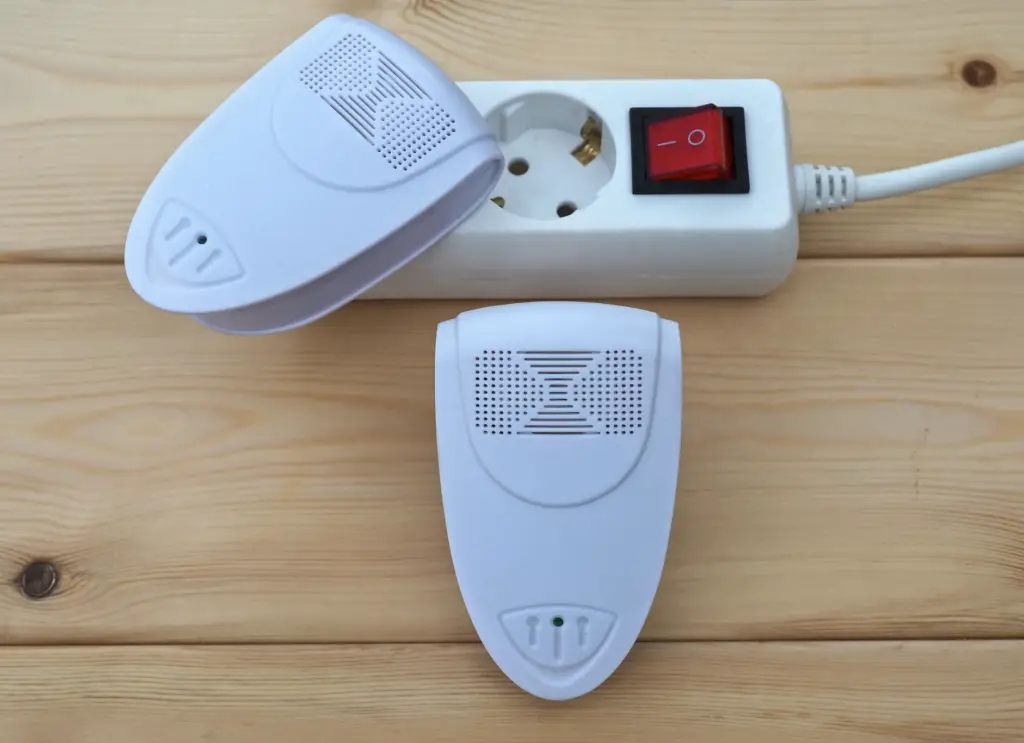
According to The New York Times, ultrasonic pest repellers are becoming an increasingly popular alternative to traditional pest control methods. These devices emit high-frequency sound waves that are harmless to humans and pets but disrupt the communication and movement of pests like rodents and insects. Since they don’t rely on toxic chemicals or traps, they offer a humane and maintenance-free way to deter unwanted creatures from homes and businesses. Many homeowners appreciate the ease of use—simply plug the device into an outlet, and it immediately starts working.
Recent studies suggest that ultrasonic pest repellers can be effective in reducing pest activity, although results may vary depending on the size and layout of the space. While some critics argue that pests may adapt over time, manufacturers are continuously improving the technology to enhance its effectiveness. Many newer models now include variable frequencies to prevent pests from becoming accustomed to the sound. As awareness of chemical-free pest control grows, these devices are becoming a staple in modern homes.
4. Heat Treatments Are Replacing Chemical Sprays
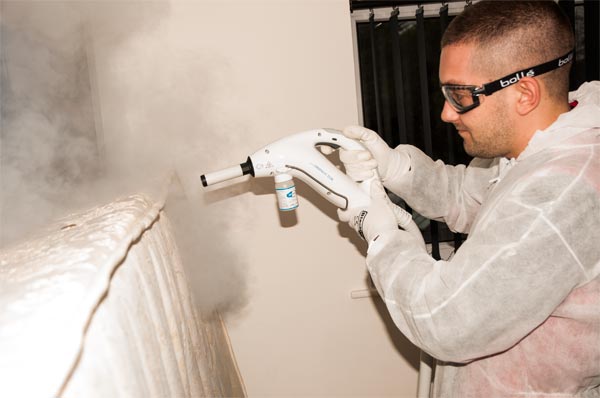
As reported by Pest Control Technology, heat treatment is gaining popularity as a powerful, chemical-free solution for eliminating bedbugs and other pests. Professional pest control companies now use specialized heaters to raise indoor temperatures above 120°F, effectively killing bedbugs at all life stages, including eggs. This method ensures thorough extermination without leaving behind harmful chemical residues, making it particularly attractive for families, hotels, and healthcare facilities. Since heat penetrates deep into furniture, walls, and carpets, it eliminates hidden infestations that pesticides might miss.
One of the major benefits of heat treatment is its ability to provide instant results. Unlike traditional chemical treatments that may require multiple applications, a single heat treatment can eradicate an entire infestation in just a few hours. Additionally, since no toxic substances are used, there is no risk of exposure to harmful fumes or residues. While the upfront cost of heat treatment can be higher than chemical sprays, many homeowners find it to be a worthwhile investment for its effectiveness and safety.
5. Diatomaceous Earth Is Becoming a Household Staple
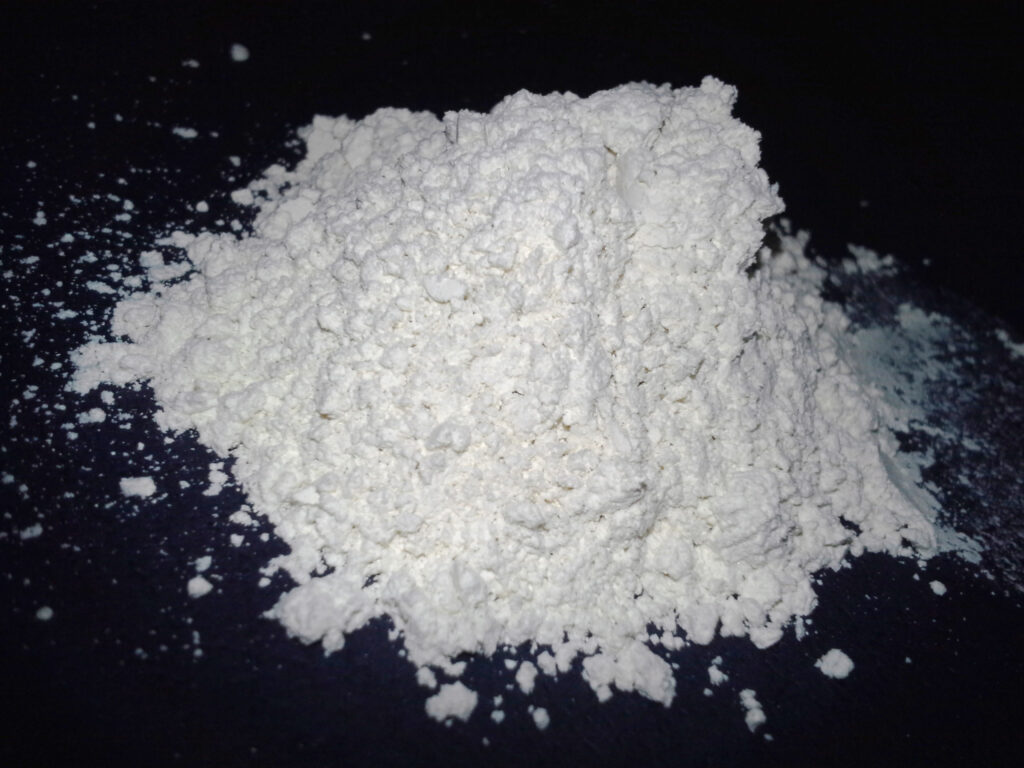
Diatomaceous earth, a naturally occurring mineral, is proving to be one of the most effective chemical-free pest deterrents. This fine, powdery substance is made from fossilized algae and works by dehydrating insects like ants, fleas, and cockroaches. Unlike chemical sprays that require repeated application, diatomaceous earth remains effective as long as it stays dry. Many homeowners are sprinkling it in cracks, along baseboards, and around pet areas to keep pests at bay.
Another advantage of diatomaceous earth is its safety for humans and pets. Since it is non-toxic and free of harsh chemicals, it can be used indoors and outdoors without concerns about harmful side effects. Many natural pest control enthusiasts recommend it as an affordable and eco-friendly alternative to insecticides. As awareness of its effectiveness spreads, diatomaceous earth is quickly becoming a go-to solution for DIY pest management.
6. Essential Oils Are a Natural Deterrent
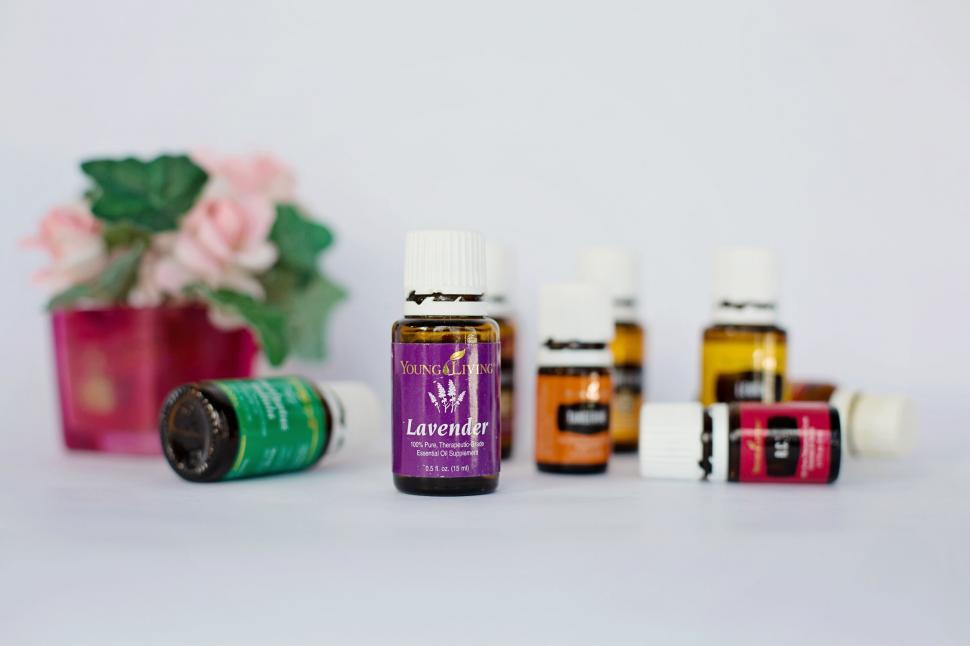
Essential oils such as peppermint, tea tree, and citronella are becoming increasingly popular for repelling insects naturally. These plant-based oils interfere with pests’ sensory receptors, making it difficult for them to navigate or communicate. Many homeowners create DIY sprays by mixing essential oils with water and applying them around entry points, windows, and doorways. Unlike traditional pest control sprays, these oils leave behind a pleasant scent instead of harsh chemical odors.
Beyond sprays, essential oils are also being used in diffusers and cotton ball placements to keep mosquitoes, ants, and spiders away. Some pest control brands are now incorporating essential oils into their product lines, offering chemical-free alternatives to mainstream bug sprays. With growing interest in holistic and natural living, essential oil-based pest control methods are likely to gain even more traction in 2025.
7. Nematodes Are Fighting Soil Pests
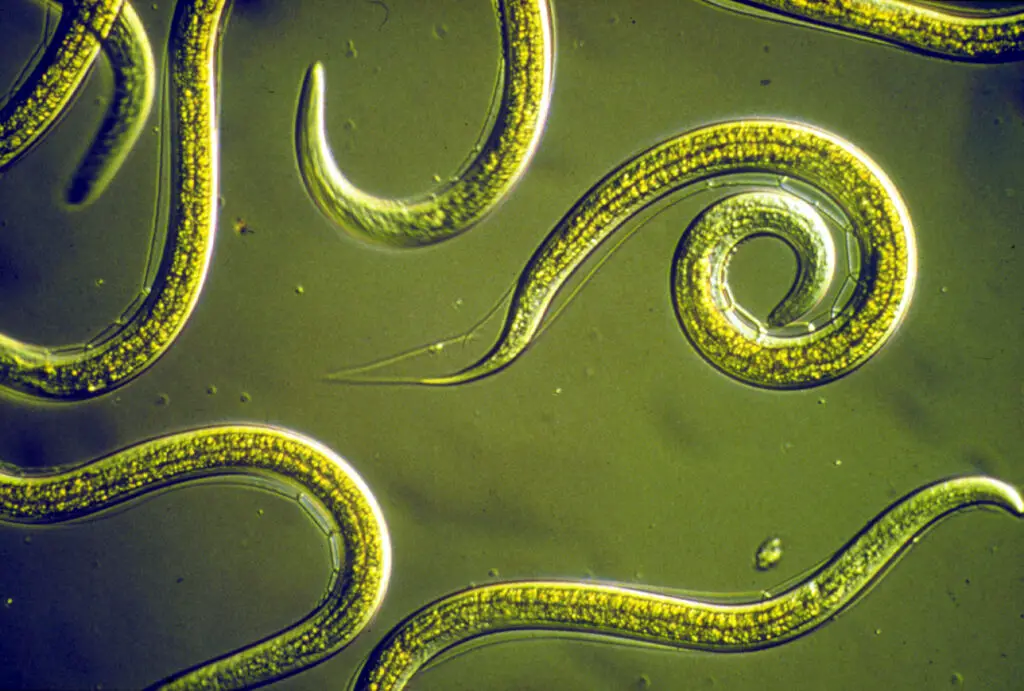
Microscopic beneficial nematodes are revolutionizing pest control in gardens and lawns. These tiny worms seek out and eliminate soil-dwelling pests like grubs, termites, and fungus gnats without harming plants, pets, or beneficial insects. Since nematodes are a natural part of the ecosystem, they provide a sustainable alternative to chemical pesticides. More eco-conscious homeowners are now incorporating them into their gardening routines.
Applying nematodes is simple—they are mixed with water and sprayed onto soil, where they immediately begin targeting pests. Unlike chemical treatments that may require multiple applications, nematodes continue to reproduce and protect the area for weeks or even months. With the rise of organic gardening, nematode-based pest control is becoming a preferred choice for environmentally friendly pest management.
8. Sticky Traps with Pheromones Are Gaining Popularity
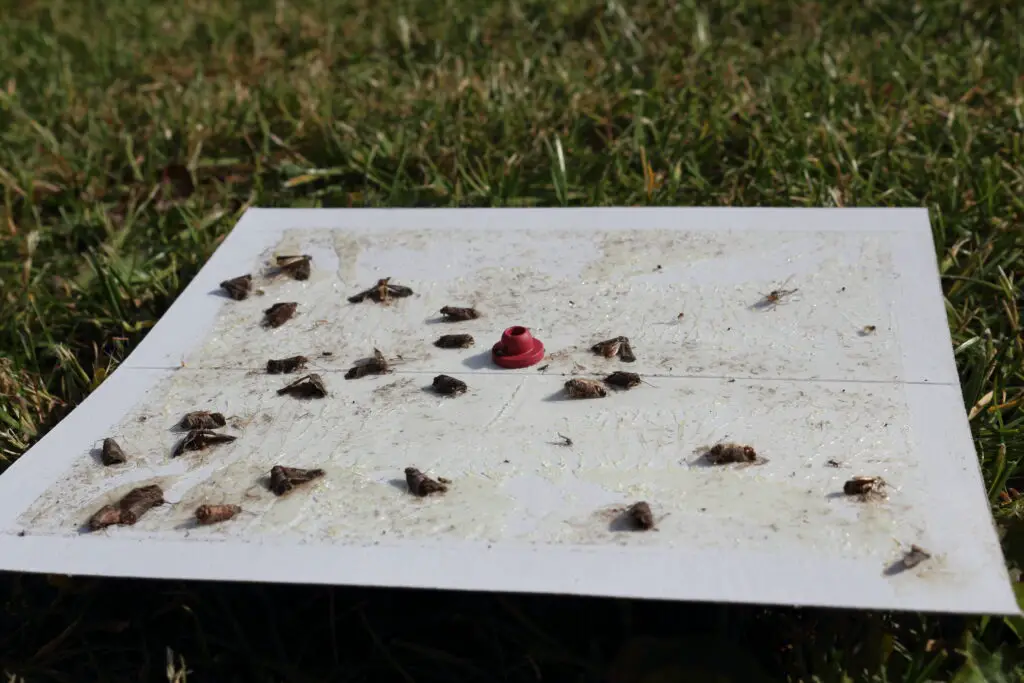
Sticky traps infused with pheromones are becoming a widely used method for non-toxic pest control. These traps use species-specific scents to lure insects such as moths, fruit flies, and cockroaches onto a sticky surface, preventing infestations from growing. Unlike chemical sprays, which can expose humans and pets to harmful toxins, these traps offer a targeted and passive solution. Many homeowners appreciate how easy they are to use—simply place them in areas where pests are common, and they start working immediately.
Another major benefit of pheromone traps is their ability to monitor pest activity. Since they attract only specific pests, they help homeowners and pest control professionals identify what type of infestation they’re dealing with. This makes it easier to implement effective solutions while reducing unnecessary pesticide use. As people become more conscious of chemical exposure, these traps are emerging as a go-to solution for safe and efficient pest management.
9. Companion Planting Is Keeping Pests Out Naturally

Companion planting is an age-old gardening practice that is gaining modern traction as a chemical-free way to deter pests. Certain plants, like marigolds, basil, and lavender, naturally repel insects such as mosquitoes, aphids, and beetles. By strategically planting these pest-repelling species near vulnerable crops or outdoor living spaces, homeowners can reduce infestations without resorting to pesticides. This approach not only minimizes the need for chemical sprays but also enhances garden biodiversity.
Many people are embracing companion planting as part of their organic gardening strategy. It’s an easy, cost-effective solution that integrates seamlessly into backyard gardens, balconies, and even indoor spaces. Additionally, companion planting provides secondary benefits, such as improving soil health and attracting beneficial pollinators. With sustainability in mind, more gardeners are turning to this natural method to keep their homes and plants pest-free.
10. Electromagnetic Pest Control Is a New Frontier
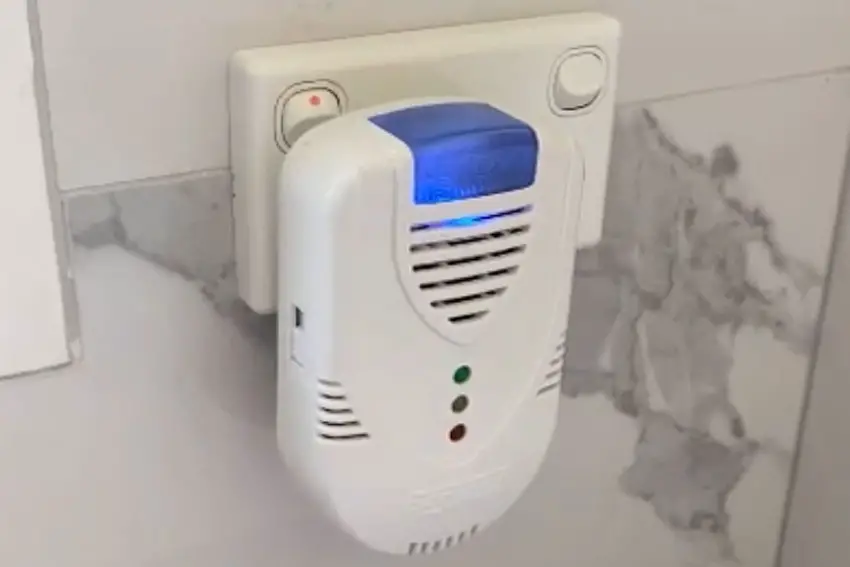
Electromagnetic pest control devices are emerging as an advanced solution for keeping rodents and insects away. These devices work by altering the electromagnetic field within a home’s wiring, creating an environment that pests find uncomfortable. Unlike traditional pest control methods, electromagnetic repellents work continuously without requiring refills, replacements, or direct interaction. This hands-free, long-term approach appeals to homeowners looking for a simple and non-invasive way to manage pests.
One of the biggest advantages of this technology is that it does not rely on chemicals or physical traps. As a result, it’s an ideal option for households with children or pets who may be at risk of exposure to traditional pest control products. While research is still ongoing regarding the full effectiveness of these devices, many homeowners report a noticeable decrease in pest activity over time. As smart home technology continues to expand, electromagnetic pest control is expected to become a more common household feature.
11. Natural Predators Are Being Used for Rodent Control

Beyond insects, natural predators such as owls, snakes, and feral cats are being used to manage rodent populations in both urban and rural areas. Many homeowners are installing owl boxes to encourage these birds of prey to nest nearby, effectively reducing mice and rat populations without poison. Similarly, certain types of non-venomous snakes, like corn snakes, play a role in controlling rodent numbers naturally. Instead of using harmful rodenticides, people are turning to these natural solutions to maintain ecological balance.
The resurgence of natural predators in pest control highlights a shift toward more sustainable and humane methods. Some cities and agricultural areas are even introducing controlled feral cat colonies to help manage rat populations. While not every household can accommodate these natural rodent deterrents, those with large properties or farms are finding them to be an effective, long-term solution. As awareness grows about the environmental dangers of chemical rodenticides, the use of natural predators is expected to increase.
12. Biological Fungus-Based Insecticides Are on the Rise

Fungus-based insecticides, such as products containing Beauveria bassiana, are changing the way pests are controlled naturally. These biological agents infect and kill insects like termites, whiteflies, and bedbugs without affecting beneficial insects, humans, or pets. Unlike traditional pesticides, fungus-based solutions work from the inside out, penetrating the pests’ exoskeletons and eliminating them over time. Many organic farmers and eco-conscious homeowners are beginning to use this method for targeted pest control.
Another key benefit of fungus-based insecticides is their sustainability. Because they are naturally occurring and biodegradable, they do not contribute to environmental pollution the way chemical pesticides do. Many new pest control brands are developing commercial-grade fungus-based sprays for home use, making this method more accessible than ever. As research into biological pest control advances, fungi-based solutions are expected to become a mainstream alternative to synthetic insecticides.
13. DIY Pest Barriers Are Becoming a Homeowner Trend

Homeowners are taking a proactive approach to pest control by creating physical barriers that prevent infestations before they start. Installing fine mesh screens, sealing cracks, and using copper tape around entry points are some of the most effective ways to keep pests out. Many people are also adopting natural deterrents such as crushed eggshells, coffee grounds, and cinnamon to repel ants, slugs, and other household pests. This hands-on approach is proving to be an effective and chemical-free alternative to commercial pest treatments.
One of the reasons DIY pest barriers are gaining popularity is their affordability and accessibility. Unlike store-bought repellents, which require continuous repurchasing, physical barriers offer a one-time solution that lasts for years. Additionally, these methods work well in combination with other non-toxic pest control strategies, creating a multi-layered defense against infestations. As more people look for sustainable ways to protect their homes, DIY pest barriers are becoming a standard practice in modern households.
